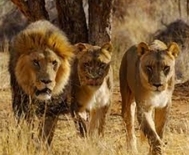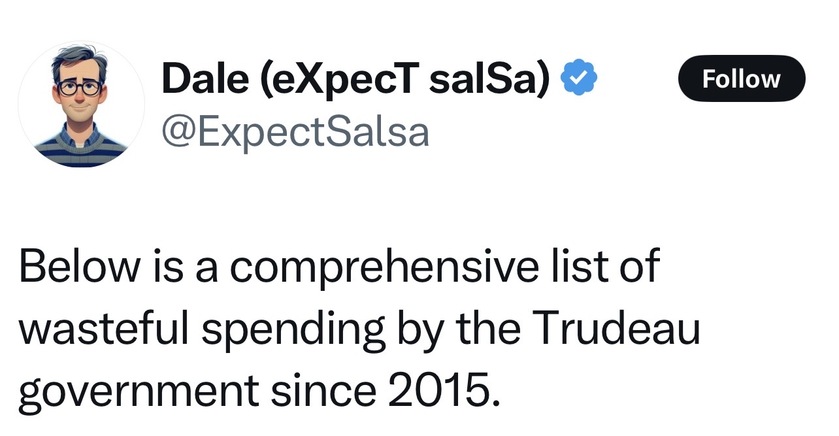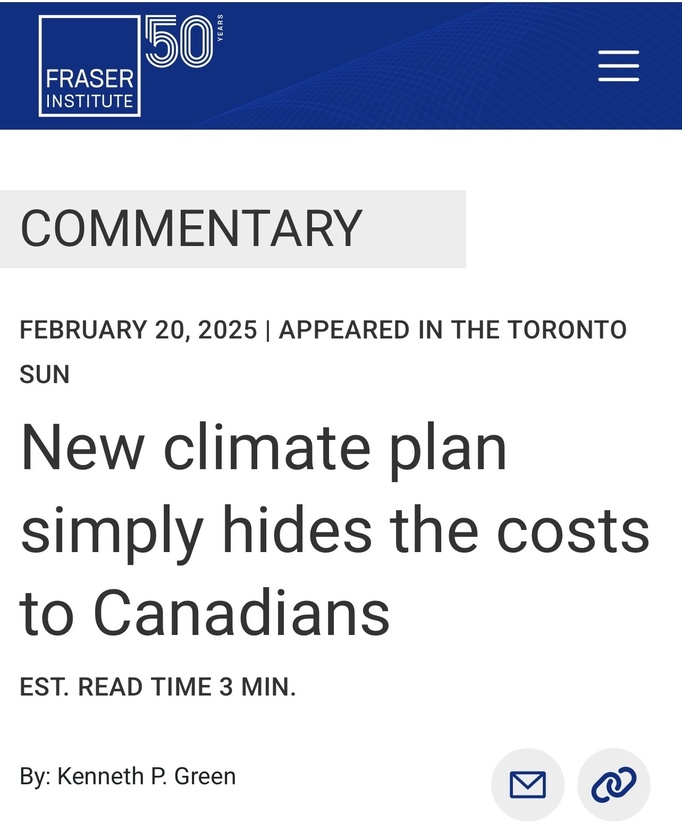
Did this guy miss anything??? 🤣🤣
Below is a comprehensive list of wasteful spending by the Trudeau government since 2015.
Comprehensive List of Wasteful Spending by the Trudeau Government (Since 2015)
Specific Examples of Wasteful Spending
1. Over $100,000 annually - Spent on the health minister’s X (Twitter) account, funding salaries and overtime for minimal output (Source: CBC News).
2. $250,000 - For a giant rubber duck during Canada 150 celebrations, criticized as a frivolous gimmick (Source: The Globe and Mail).
3. $669,650 - Paid to KPMG for cost-saving advice, seen as ironic and redundant given their expertise (Source: National Post).
4. $52.89 million - Aid to Venezuela in 2019, controversial due to the regime’s human rights record (Source: National Post).
5. $85 flashlights, $78 pens - Overpriced promotional items, reflecting poor procurement oversight (Source: The Post Millennial).
6. $32 billion - Potential overpayments for COVID-19 benefits due to inadequate verification (Source: BNN Bloomberg).
7. Undisclosed millions - Sent to prisoners, non-residents, and deceased individuals via COVID-19 relief, highlighting mismanagement (Source: Toronto Sun).
8. Billions - On unused or expired COVID-19 vaccines, wasted due to poor planning (Source: Toronto Sun).
9. $50 million - To Mastercard, a profitable corporation, for unclear purposes (Source: X posts).
10. $12 million - To Loblaws for refrigerators, despite company profits (Source: X posts).
11. $1.6 million - On Trudeau’s 2018 India trip, criticized for excessive cost and limited diplomatic value (Source: X posts).
12. $22 billion - Re-announced for the Poverty Reduction Strategy, duplicating prior commitments (Source: HuffPost).
13. $950,000 - To Halifax for the 100th anniversary of the Halifax Explosion, funding a past event (Source: X posts).
14. $22,644 - To a Royal Canadian Legion branch via the New Horizons for Seniors Program, seen as minor and questionable (Source: X posts).
15. $9 million - Funding announcements in Calgary Centre riding, suspected as politically motivated (Source: HuffPost).
16. $45 million - For a "diversity and inclusion" scholarship in Burma, criticized as misaligned with domestic priorities (Source: X posts).
17. $1 billion - On COVID-19 vaccines that expired or were donated, reflecting over-purchasing (Source: X posts).
18. $15.5 billion - Payments to companies with inconsistent COVID-19 claims, due to lax oversight (Source: X posts).
19. $1.5 billion - In bonuses to federal bureaucrats since 2015, despite performance issues (Source: Troy Media).
20. $900 million - To the UN, part of a larger $102 billion "Liberal slush fund" criticized for vague allocation (Source: X posts).
21. $10 million - To fund abortions in the UK, seen as misaligned with domestic healthcare needs (Source: X posts).
22. $200 million - For "propaganda," raising concerns about government messaging (Source: X posts).
23. $186 million - For "promoting women," criticized for vague objectives (Source: X posts).
24. $44 million - To Luxembourg for climate initiatives, questioned for its impact (Source: X posts).
25. $573.5 million - For offshore gender-responsive economic development and climate initiatives, seen as excessive (Source: Western Standard).
26. $350 million - In corporate welfare to private sector in Asia for low-carbon initiatives, criticized for lack of transparency (Source: Western Standard).
27. $10,000 - Spent by Parks Canada over four years to capture a single bullfrog, highlighting inefficiency (Source: Western Standard).
28. $800,000 - To hunt 84 deer on a B.C. island, costing nearly $10,000 per deer (Source: Western Standard).
29. $1.2 billion - Lost by Canada Post over two years, raising concerns about fiscal management (Source: Western Standard).
30. $1.8 billion - Used by VIA Rail over five years to cover operating losses, seen as unsustainable (Source: Western Standard).
31. $60 million - On the ArriveScam scandal, involving questionable contracts (Source: X posts).
32. $258 million - To GC Strategies for projects, criticized for lack of oversight (Source: X posts).
33. Undisclosed millions - On the Winnipeg Laboratories scandal, involving security and mismanagement (Source: X posts).
34. Undisclosed millions - On the SNC-Lavalin scandal, highlighting ethical concerns (Source: X posts).
35. Undisclosed millions - On the Aga Khan trip scandal, involving conflict of interest (Source: X posts).
36. Undisclosed millions - On the WE Charity scandal, raising questions about favoritism (Source: X posts).
37. $84,000 - For Trudeau’s vacations, seen as excessive personal spending (Source: X posts).
38. $18 billion - On media bailouts since 2016, criticized as propping up failing outlets (Source: X posts).
39. $108,000 new bureaucrats - Hired since 2015, a 42% increase, bloating administrative costs (Source: CBC News).
40. $19,208 per person - In 2020, the highest per-person spending in Canadian history (Source: Fraser Institute).
41. $13,571 per person - In 2021, still above pre-COVID levels (Source: Fraser Institute).
42. $11,498 per person - Projected for 2022-23, 5% higher than 2019 (Source: Fraser Institute).
43. $10,422 per person - In 2018, marking the start of increased spending (Source: Fraser Institute).
44. $1.3 billion - To the Asian Infrastructure Investment Bank, criticized as benefiting foreign interests (Source: Global Affairs Canada via X posts).
45. $650 million - For international climate finance, seen as prioritizing global over domestic needs (Source: Global Affairs Canada via X posts).
46. $23 million - On a temporary skating rink near Parliament Hill in 2017, criticized for poor cost-benefit (Source: CTV News).
47. $8.1 million - For a barn renovation at Harrington Lake, deemed extravagant (Source: National Post).
48. $209,000 - On a cover for a government patio at Rideau Cottage, seen as excessive (Source: National Post).
49. $4.6 million - To promote Canada’s feminist international assistance policy, criticized for vague outcomes (Source: X posts citing Global Affairs Canada).
50. $2.65 billion - For international climate initiatives, questioned for measurable impact (Source: X posts citing Global Affairs Canada).
Additional Examples from X Posts and Broader Sources
51. $100 million - To Jordan for Syrian refugee support, seen as generous but poorly tracked (Source: X posts citing Global Affairs Canada).
52. $50 million - For UN peacekeeping missions, with minimal Canadian involvement (Source: X posts).
53. $75 million - To Ukraine for gender equality programs, criticized as niche spending (Source: X posts).
54. $30 million - For African climate resilience projects, questioned for relevance to Canada (Source: X posts).
55. $15 million - To the Caribbean for disaster preparedness, seen as small but misaligned (Source: X posts).
56. $5 million - For a "global partnership" on education, with unclear results (Source: X posts).
57. $300 million - To the Green Climate Fund, criticized for lack of direct Canadian benefit (Source: X posts citing Global Affairs Canada).
58. $120 million - For Middle East humanitarian aid, with concerns about accountability (Source: X posts).
59. $400 million - In international development aid to unspecified countries, lacking transparency (Source: X posts).
60. $25 million - For a UN women’s empowerment program, seen as duplicative (Source: X posts).
61. $10 million - On a "climate action" conference in Paris, criticized as symbolic (Source: X posts).
62. $8 million - For a Canadian pavilion at Expo 2020 Dubai, deemed unnecessary (Source: X posts).
63. $3 million - On a gender equality summit in Vancouver, with limited tangible outcomes (Source: X posts).
64. $500,000 - For a "youth dialogue" event in Ottawa, seen as frivolous (Source: X posts).
65. $1 million - To promote Canadian culture abroad, with vague deliverables (Source: X posts).
66. $2 billion - In foreign aid increases since 2015, criticized for prioritizing optics (Source: X posts citing Global Affairs Canada).
67. $150 million - For Indigenous language revitalization overseas, questioned for scope (Source: X posts).
68. $80 million - On international "peace and security" initiatives, with unclear impact (Source: X posts).
69. $40 million - For a "global health" program, lacking detailed reporting (Source: X posts).
70. $20 million - To support "inclusive governance" in Africa, seen as vague (Source: X posts).
Information sourced from GROK.COM

Here, at The Lions, everyone is welcome to post articles that seem interesting, controversial and thought provoking and/or comment on anything. Please do. Sometimes the comments are more interesting than the article.
Be sure to 'like' articles that you appreciate finding here. Liking does not mean you necessarily agree with the contents, just that it was worth seeing, and please join the polite and thoughtful conversations in the comments under articles.
Caveat emptor. This forum is not moderated. So far there has been no need. Be aware that some articles are more opinion than fact and some vice versa. Some are parody. Some are trolls. Readers are advised to use their discretion.
Mark Carney, who wants to be your next prime minister, recently released his plan for Canada’s climate policies through 2035. It’s a sprawling plan (climate plans always are), encompassing industrial and manufacturing emissions, vehicle emissions, building emissions, appliance emissions, cross-border emissions, more “green” energy, more “heat pumps” replacing HVAC, more electric vehicle (EV) subsidies, more subsidies to consumers, more subsidies to companies, and more charging stations for the EV revolution that does not seem to be happening. And while the plan seeks to eliminate the “consumer carbon tax” on “fuels, such as gasoline, natural gas, diesel, home heating oil, etc.” it’s basically Trudeau’s climate plans on steroids.
Consider this. Instead of paying the “consumer carbon tax” directly, under the Carney plan Canadians will pay more—but less visibly. The plan would “tighten” (i.e. raise) the carbon tax on “large industrial emitters” (you know, the ...

Trump's obsession with Canada is real
'It's all about security and hemispheric defence.'
I'm in.
Recently, Brian Lilley of the Toronto Sun interviewed Steve Bannon about Donald Trump’s repeated comments about Canada becoming the fifty-first state. Bannon has long been associated with Trump, having served as his White House Chief Strategist in 2017, and continues to be a leading spokesman and organizer for the MAGA movement.
Lilley was probably hoping to get assurances that Trump’s comments about Canada were not serious and that he was just trolling Justin Trudeau. But that was not the message he received.
Instead, Bannon’s responses focused largely on the geostrategic and geoeconomic benefits of “hemispheric defense.” In short, Trump’s comments about buying Greenland and taking back the Panama Canal are part of a grand strategy of defending the Western Hemisphere. Canada is a key element of that policy.
According to Bannon, President Trump has decided on a plan that ...














